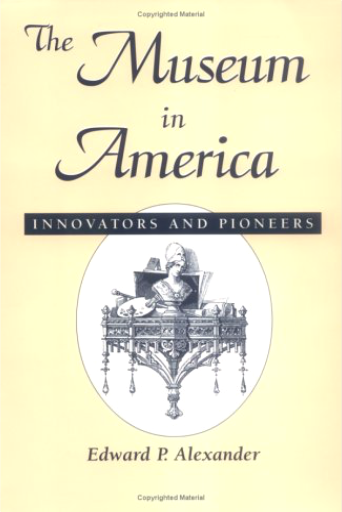 The Museum in America captures the life stories of thirteen visionary museum leaders who helped transform the 19th century's collection of curios into today's institution of public service and education. In the lively style of Museum Masters, Alexander recounts the stories of pioneers in American history, science, art, and general museums. For anyone interested in the history of the museum, this volume is the place to start. 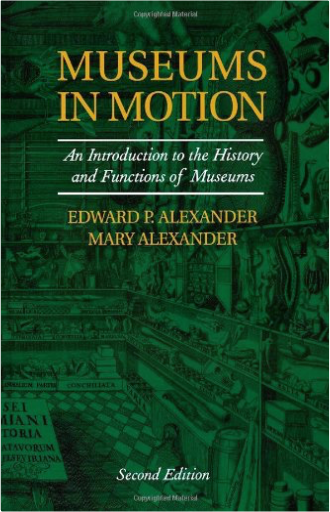 In 1979, Edward P. Alexander's Museums in Motion was hailed as a much-needed addition to the museum literature. In combining the history of museums since the eighteenth century with a detailed examination of the function of museums and museum workers in modern society, it served as an essential resource for those seeking to enter to the museum profession and for established professionals looking for an expanded understanding of their own discipline. 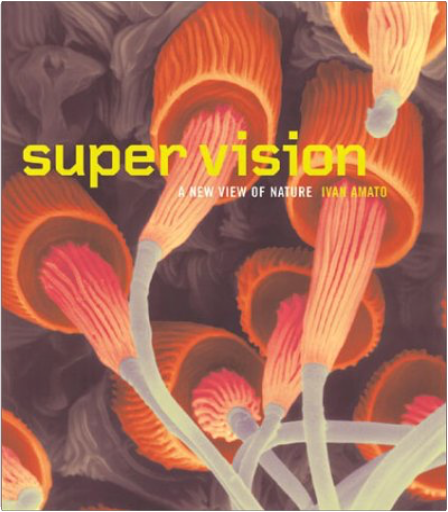 What does nature really look like? Scientific instruments enable us to see far more of the physical world than ever before. These devices can register millions of invisible colours, look back in cosmic time some 12 billion years, peer behind and within seemingly opaque barriers such as skin and bone, and capture events that last a mere trillionth of a second. In this volume, images of scientific interest and of beauty are accompanied by Ivan Amato's descriptions, which shed light on the images themselves as well as the technologies that created them. |  The name of Carl Hagenbeck is as evocative in Europe as that of P. T. Barnum or Walt Disney in North America. Hagenbeck was the nineteenth century's foremost animal trader and ethnographic showman, known for his enormously popular displays of people, animals, and artifacts gathered from all corners of the globe. The culmination of Hagenbeck's commercial ventures was the opening of his Tierpark near Hamburg in 1907, a dazzling assemblage of constructed exotic environments inhabited by humans and animals. 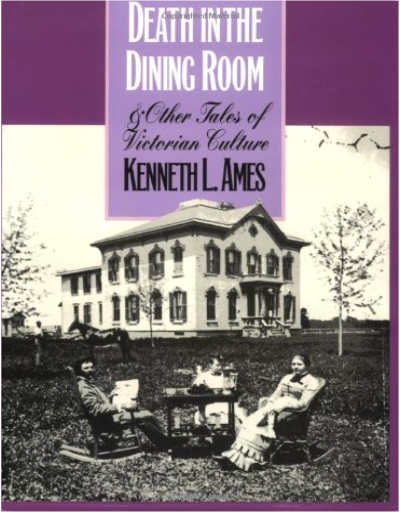 In this provocative look at Victorian America, Kenneth Ames explores the minds of Victorians by examining some of their most distinctive and fascinating creations. Featuring five once-prominent home furnishings, he reconstructs a vanished culture and demonstrates the centrality of the artifact to historical understanding. Richly illustrated with photographs of surviving objects as well as images from a wide variety of period sources, the five essays discuss specific pieces - hallstands, sideboards, embroidered mottoes, parlor organs, and seating furniture - within the context of broader cultural issues and concerns. Ames reveals not only the major outlines of Victorian culture but also the conflicts and tensions deep within that culture. An extraordinary proliferation of goods characterizes the Victorian world. Throughout the study, Ames considers the relationship of some of these household objects to issues of class, gender, and place. For example, the importance of public image was dramatized by the rituals of the front hall in Victorian homes: its placement within the house, the massive hallstand with its receptacles for calling cards and umbrellas, accommodations for temporary and usually uncomfortable seating. The dining room was a shrine to the notion of "man's" dominion over nature - each elaborately carved sideboard displayed a frieze of slaughtered game and harvested vegetation. Parlor organs, a blending of the sacred and the profane, provided an occasion to display feminine accomplishment and to symbolize the role of the bourgeois Christian lady. Ames also discusses how the prevailing class and gender hierarchy was echoed in the posture of seating furniture and its arrangement. The author is one of the premier interpreters of Victorian culture in America. His witty, provocative, and irreverent commentary on the "quaint" fixtures of the Victorian household will fascinate scholars, antique buffs, and collectors on nostalgia. Author note: Kenneth L. Ames is Chief of Historical and Anthropological Surveys at the New York State Museum and was formerly Chair of the Office of Advanced Studies at the Winterthur Museum. 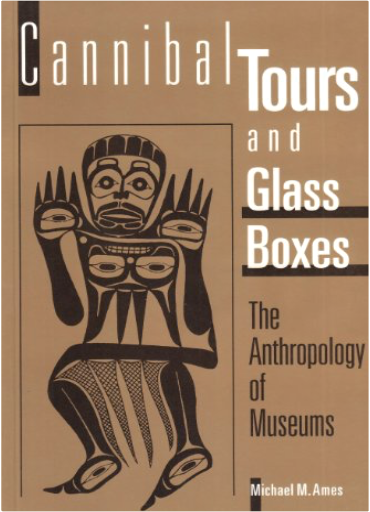 This collection of essays poses a number of probing questions about the role and responsibility of museums and anthropology in the contemporary world. Ames, an internationally renowned museum director, challenges popular concepts and criticisms of museums, and presents an alternate perspective which reflects his experiences from many years of museum work. These essays offer an accessible, often anecdotal, journey through one professional anthropologist's concerns about, and hopes for, the discipline and its future. 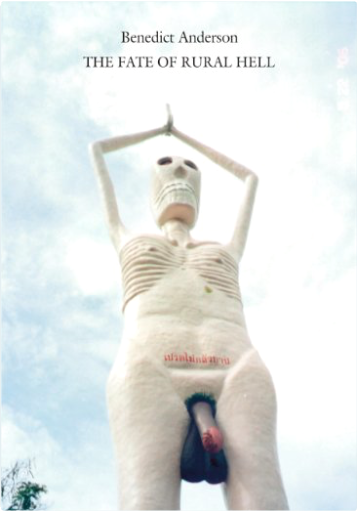 In 1975, when political scientist Benedict Anderson reached Wat Phai Rong Wua, a massive temple complex in rural Thailand conceived by Buddhist monk Luang Phor Khom, he felt he had wandered into a demented Disneyland. One of the world’s most bizarre tourist attractions, Wat Phai Rong Wua was designed as a cautionary museum of sorts; its gruesome statues depict violent and torturous scenes that showcase what hell may be like. Over the next few decades, Anderson, who is best known for his work, Imagined Communities, found himself transfixed by this unusual amalgamation of objects, returning several times to see attractions like the largest metal-cast Buddha figure in the world and the Palace of a Hundred Spires. The concrete statuaries and perverse art in Luang Phor’s personal museum of hell included, “side by side, an upright human skeleton in a glass cabinet and a life-size replica of Michelangelo’s gigantic nude David, wearing fashionable red underpants from the top of which poked part of a swollen, un-Florentine penis,” alongside dozens of statues of evildoers being ferociously punished in their afterlife. In The Fate of Rural Hell, Anderson unravels the intrigue of this strange setting, endeavoring to discover what compels so many Thai visitors to travel to this popular spectacle and what order, if any, inspired its creation. At the same time, he notes in Wat Phai Rong Wua the unexpected effects of the gradual advance of capitalism into the far reaches of rural Asia. Both a one-of-a-kind travelogue and a penetrating look at the community that sustains it, The Fate of Rural Hell is sure to intrigue and inspire conversation as much as Wat Phai Rong Wua itself. |
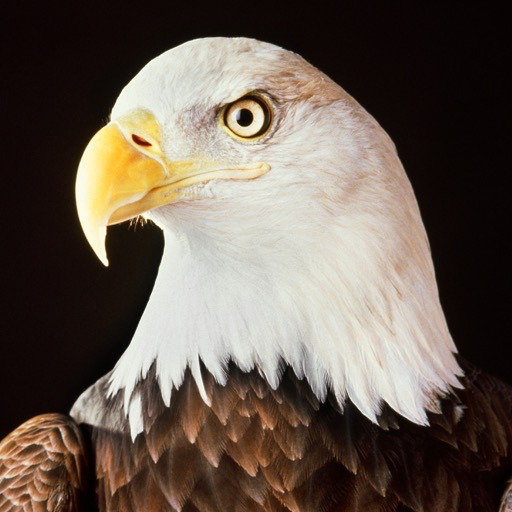
Morbid Anatomy Museum
Collection Total:
1,253 Items
1,253 Items
Last Updated:
Jan 26, 2016
Jan 26, 2016
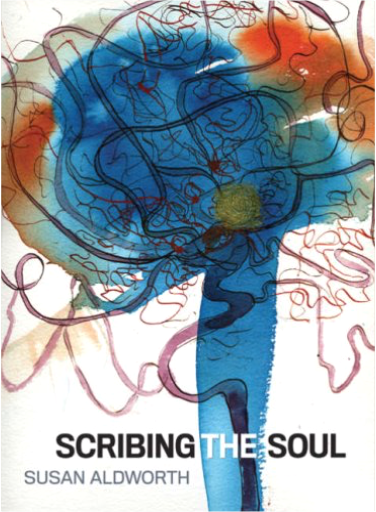

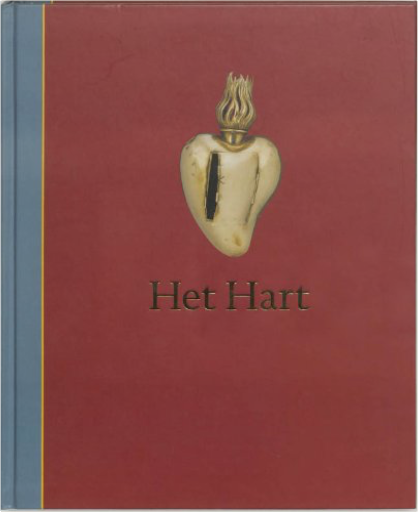
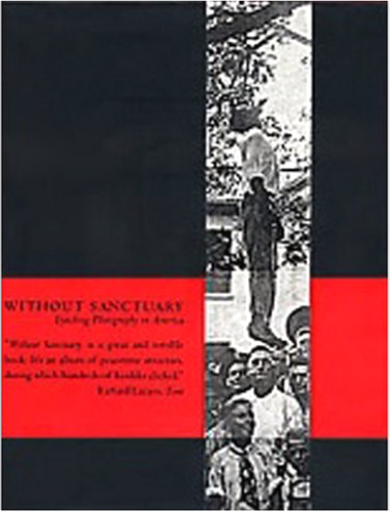
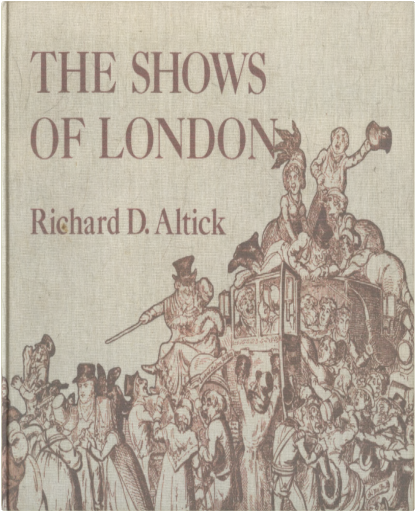
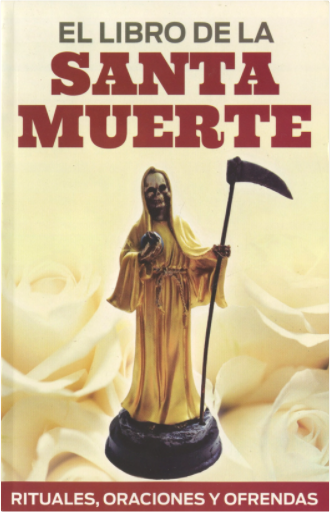
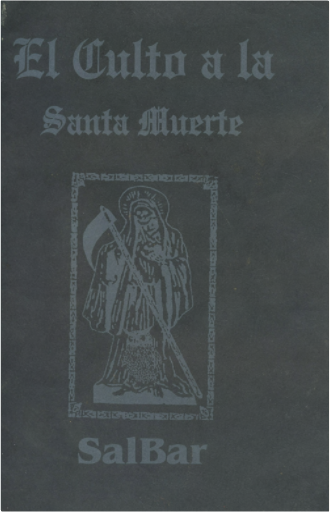
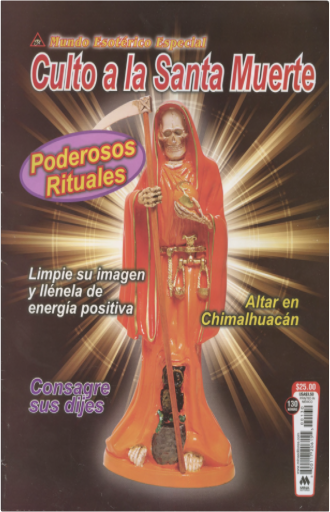
 Made with Delicious Library
Made with Delicious Library